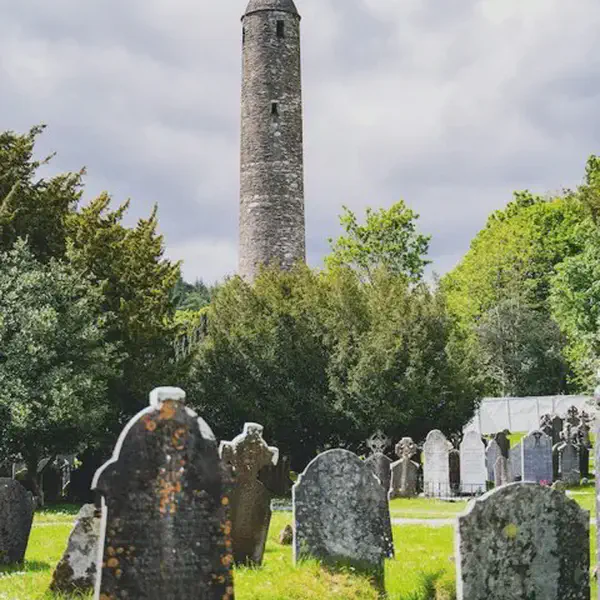
William Burke, Murderer and Body Snatcher of Burke and Hare Fame, Executed
January 28, 1829
William Burke, infamous for his role in the Burke and Hare murders and subsequent body-snatching scandal in 19th-century Edinburgh, Scotland, was executed on January 28, 1829. His case, along with his accomplice William Hare, became notorious and led to significant legal and social changes.
Background
Burke and Hare were Irish laborers who turned to murder and body-snatching in Edinburgh. In the 1820s, there was a high demand for cadavers for anatomical study in medical schools, but legal sources of bodies (typically from executed criminals) were insufficient. This shortage led to the rise of “resurrection men” or body-snatchers, who illegally exhumed bodies for sale.
Murders
Instead of grave-robbing, Burke and Hare found a more direct method to obtain bodies. They began murdering people, primarily vulnerable individuals such as the elderly or intoxicated, and selling their bodies to Dr. Robert Knox, an anatomy lecturer. Their crimes went undetected for about a year, during which they killed at least 16 people.
Arrest and Trial
The pair were eventually caught when neighbors became suspicious of the disappearance of a woman and alerted the police. Hare was offered immunity from prosecution in return for testifying against Burke, leading to Burke’s trial and conviction.
Execution
William Burke was hanged on January 28, 1829, in front of a large crowd. His body was then publicly dissected at the Edinburgh Medical College, ironically mirroring the fate of the victims whose bodies he had sold.
Legacy
The Burke and Hare murders had a lasting impact on both law and medicine. The case highlighted the need for legal reform regarding the provision of bodies for medical research, leading to the Anatomy Act of 1832, which legalized the donation of bodies to medical schools and helped to end the practice of body-snatching.
Cultural Impact
The story of Burke and Hare has been the subject of numerous books, plays, and films, often blending horror with dark comedy. It remains a part of Edinburgh’s dark historical lore and is frequently referenced in discussions about the ethical dimensions of medical research and the treatment of human remains.
The execution of William Burke was a significant event in 19th-century Britain, serving as a grim reminder of the consequences of the intersection of poverty, crime, and medical ethics in a rapidly modernizing society.